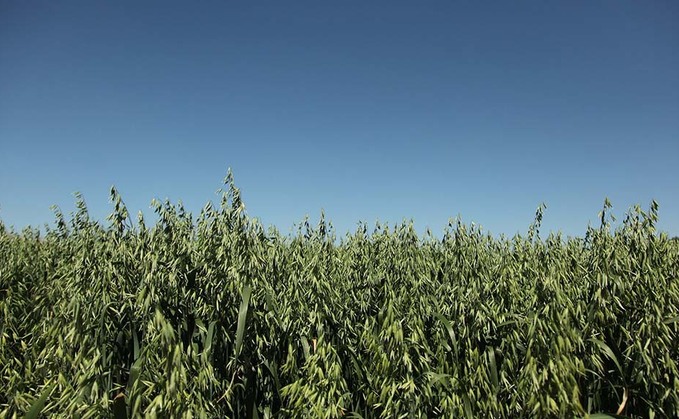
Spring oats have attracted interest from growers in East Anglia looking for a spring crop option but there are a number of agronomy challenges associated with producing a milling quality sample in the...

Spring oats have attracted interest from growers in East Anglia looking for a spring crop option but there are a number of agronomy challenges associated with producing a milling quality sample in the...